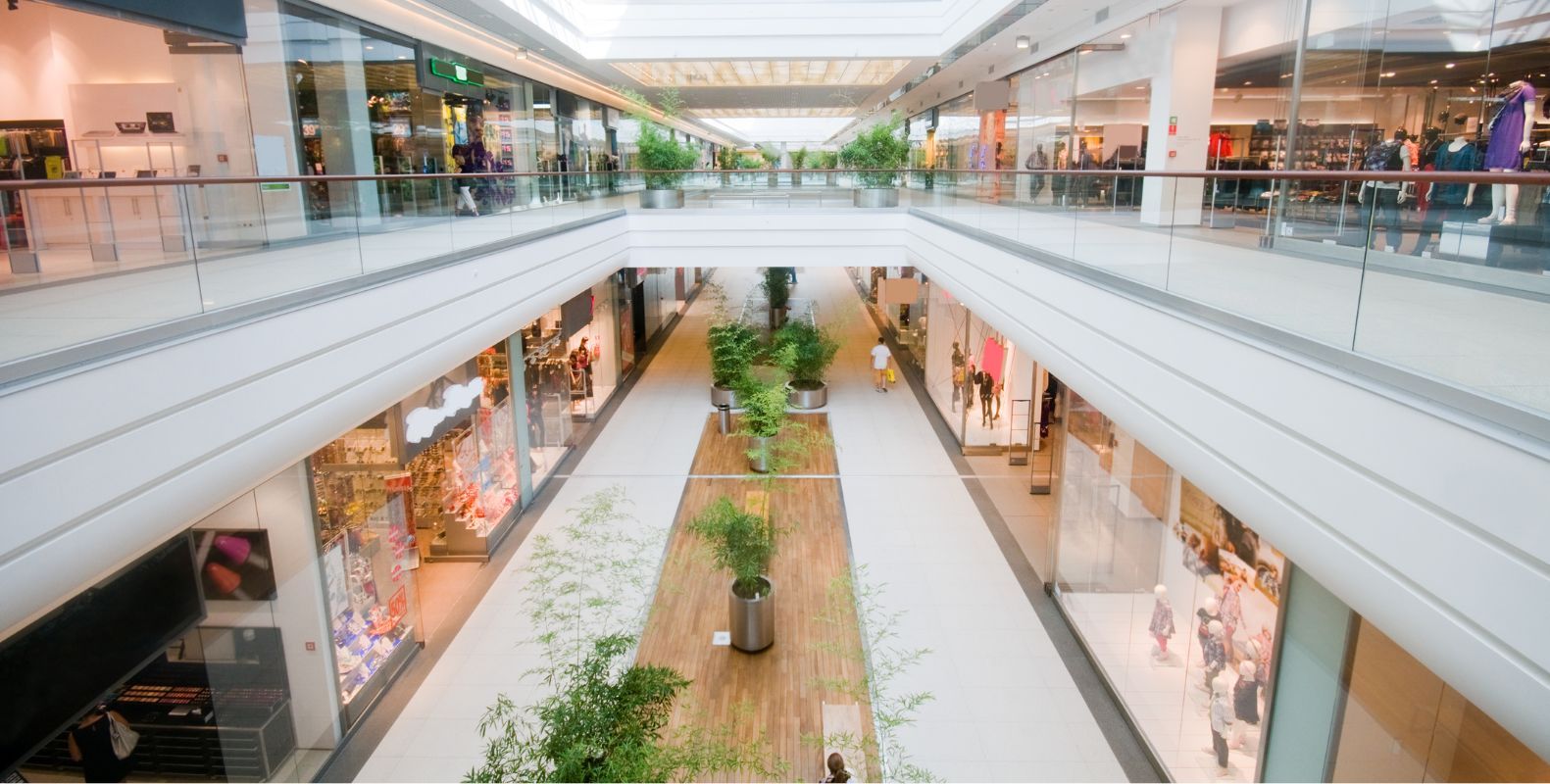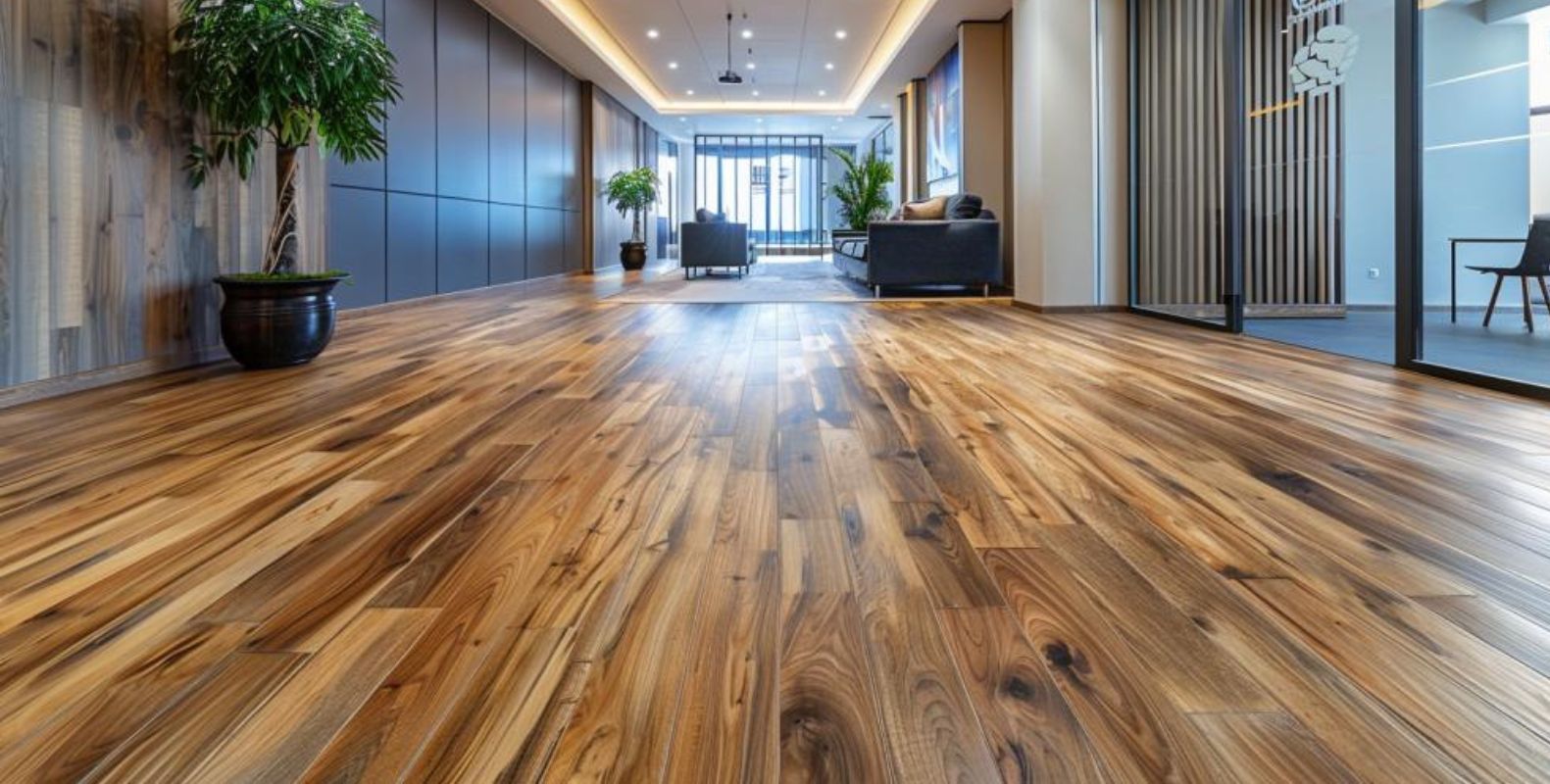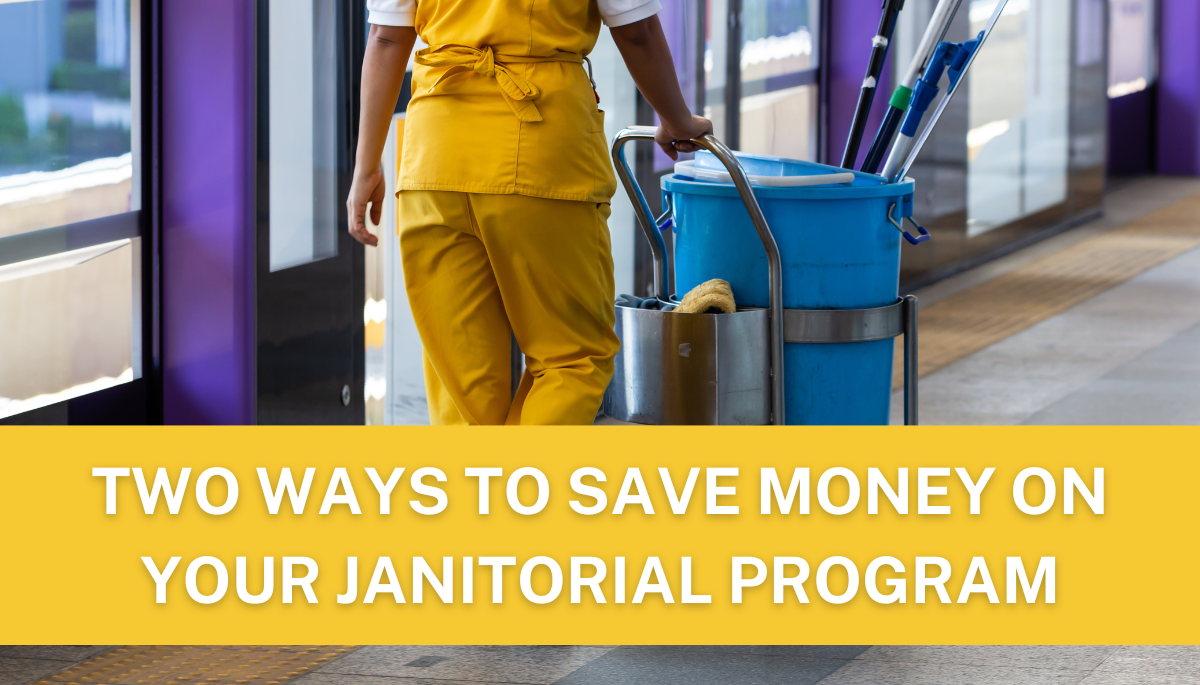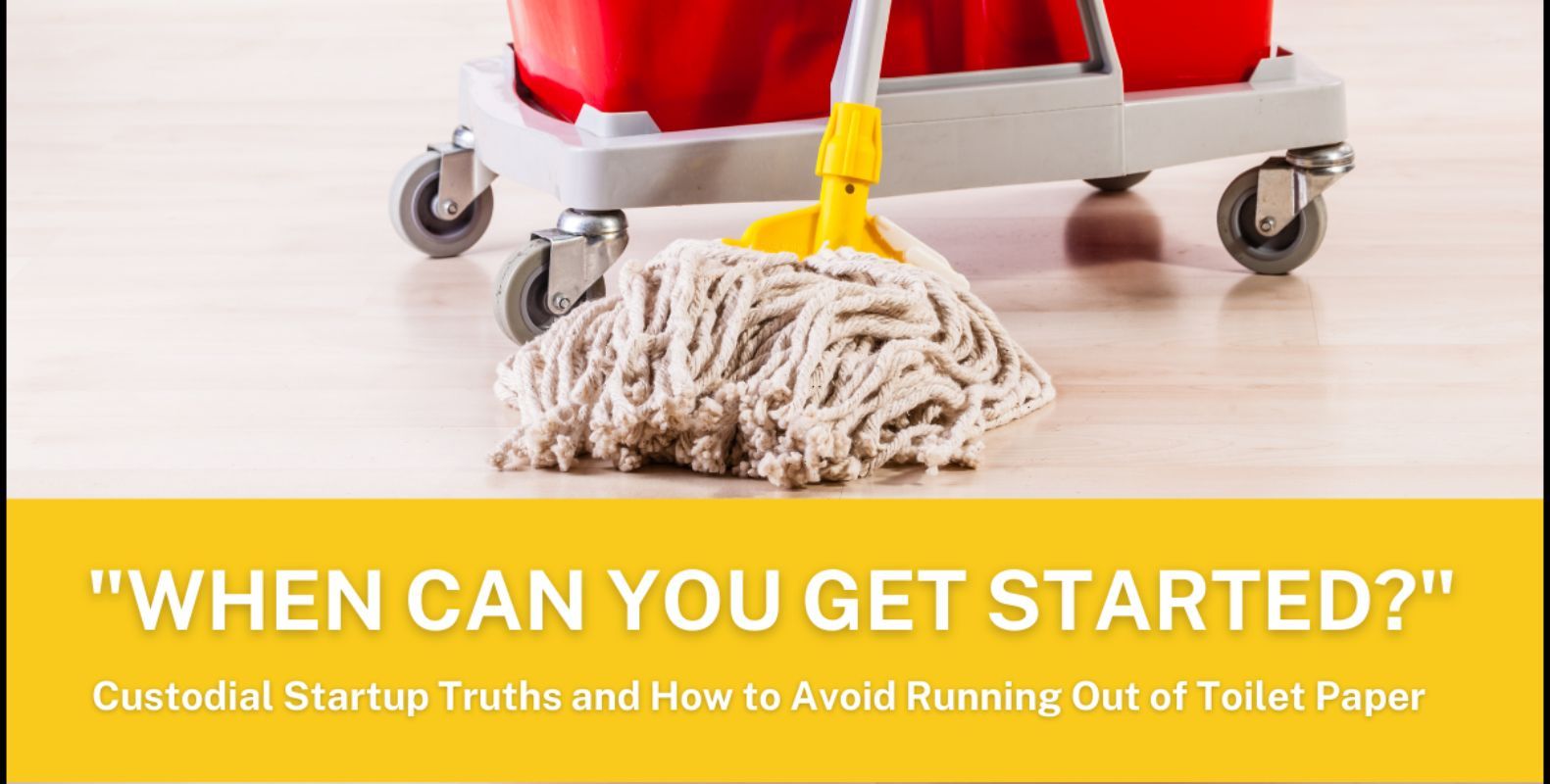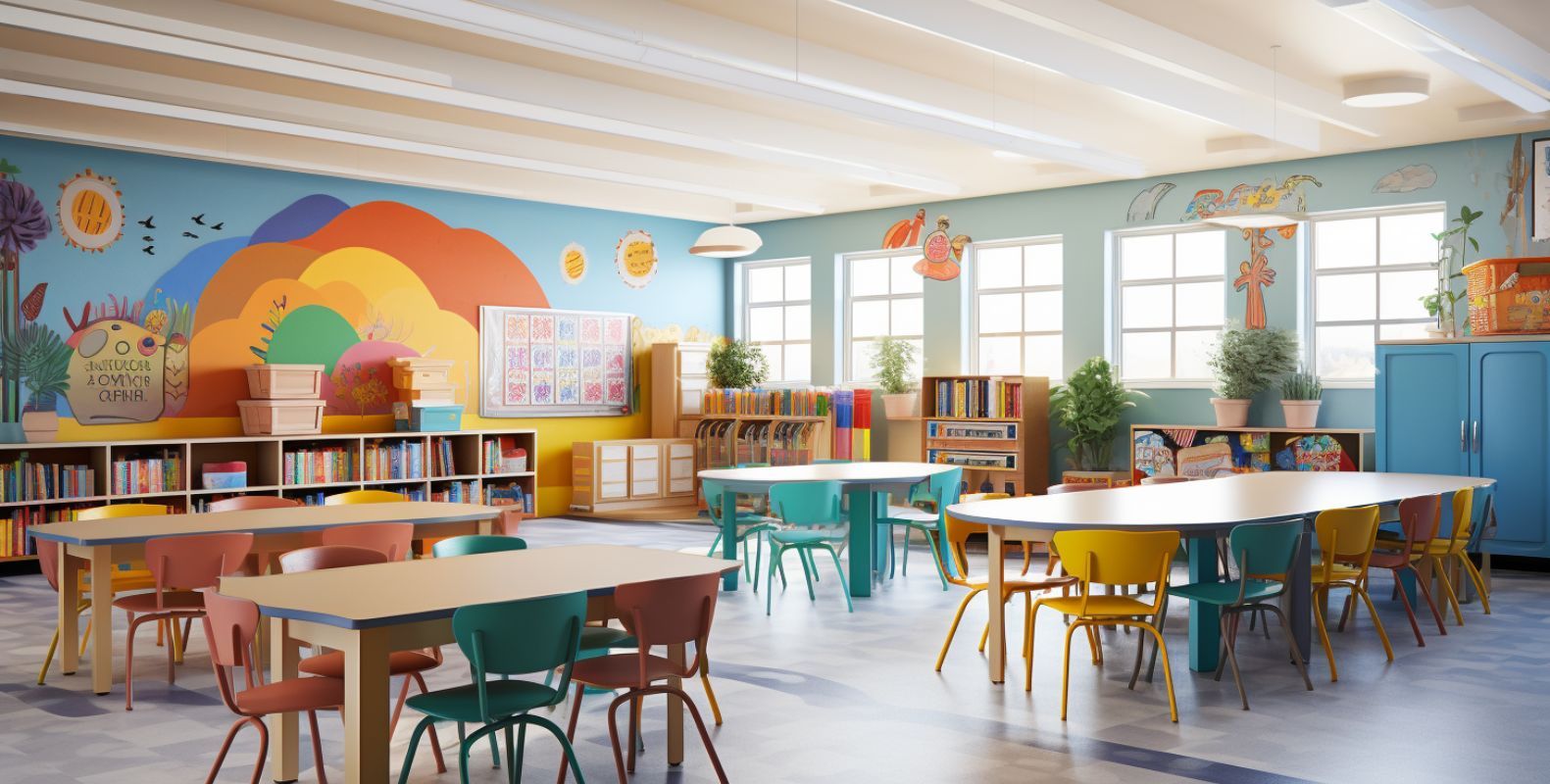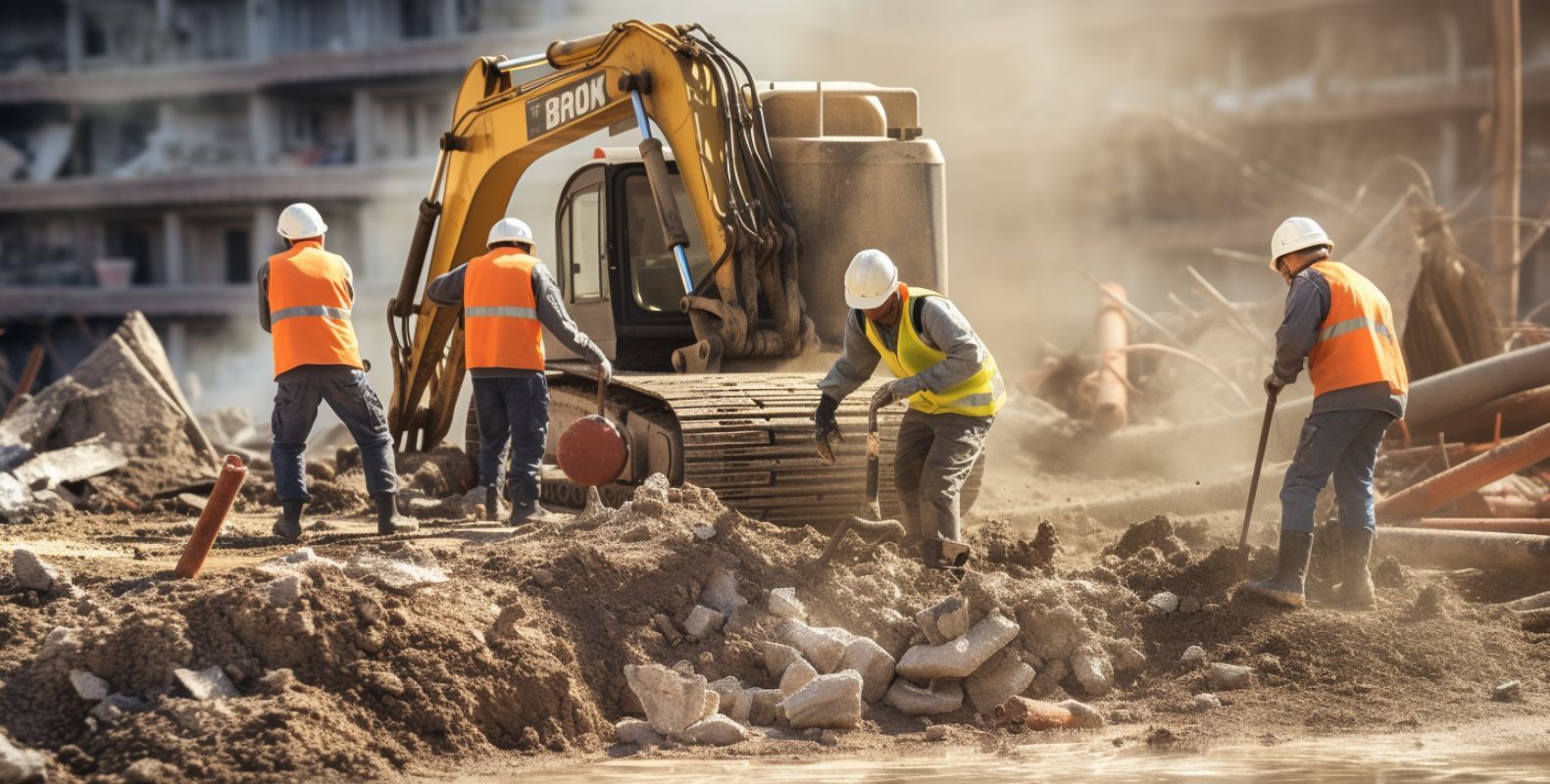The Importance of a Professional Day Porter Service
TL;DR: Professional day porter services ensure cleanliness and safety in busy office buildings, offering real-time cleaning solutions during business hours. Prioritize experience, flexibility, communication, and sustainability when selecting a day porter service. Howard Building Maintenance in Caldwell, Idaho, offers reliable day porter services tailored to your business needs, ensuring a pristine office environment that reflects positively on your company.
In bustling office buildings and commercial spaces, the foot traffic from employees, clients, delivery personnel, and other visitors throughout the day is relentless. With a high volume of people comes the inevitable – messes, spills, and fingerprints on glass doors.
Keeping the interior of an office building clean projects a professional image and keeps the environment healthy for everyone who steps into the premises. This is where the importance of a professional day porter service becomes apparent. These services work tirelessly to maintain cleanliness and order during business hours, addressing issues as they arise.
Whether wiping down surfaces to keep them free of dust and germs or promptly cleaning up spills to prevent accidents, day porters keep any office space looking inviting and safe. Let’s see how investing in a professional day porter service helps businesses maintain a pristine environment without interrupting day-to-day operations.
What Are Day Porter Services?
Day porter services keep commercial and office spaces clean, organized, and welcoming. Unlike janitorial staff that typically works after hours, day porters operate during business hours, keeping the office environment pristine throughout the day. This unique aspect of their job means they’re on hand to prevent small issues from disrupting business operations, including:
- Clean up spills and other messes in hallways or other public areas
- Monitor and restock restrooms with essentials like soap and toilet paper
- Empty waste bins in real time and replace trash liners
- Pay attention to potential maintenance issues and report them to the proper person
- Maintain the cleanliness and functionality of common areas such as lobbies, reception areas, elevators, and restrooms.
- Wipe down surfaces, including desks, windows, and glass doors
- Dust office furniture, chairs, and couches
- Vacuum carpets, sweep and mop floors
The Difference Between Day Porters and Janitorial Staff
While janitorial staff is essential for thorough cleanings outside of operational hours, day porters address the dynamic needs of an active workspace. Their daytime presence means your establishment can swiftly adapt to unexpected situations, providing a clean, safe, and welcoming environment for employees and visitors alike.
This blend of immediate response and ongoing maintenance tasks makes day porter services an invaluable asset to any business looking for high standards of cleanliness and order.
The Benefits of Hiring a Professional Day Porter
Hiring a professional day porter goes beyond the convenience of maintaining cleanliness in commercial spaces. These skilled individuals create a safer, more productive, and welcoming environment. Their services include more than simple cleaning tasks, offering a comprehensive approach to facility maintenance that can benefit any business in several ways.
Improved Safety and Hygiene
One of the key advantages of hiring a professional day porter is the improvement of safety and hygiene within your premises. They regularly disinfect high-touch areas, reducing the spread of germs and illnesses.
They provide prompt attention to potential hazards, such as spills or broken glass, which could lead to accidents. This proactive approach to maintaining a safe environment protects your employees and customers, ensuring everyone enters a hazard-free space.
Better First Impressions
A recent survey shows that 66% of potential customers don’t want to work with businesses that leave a bad first impression. A day porter keeps every corner of your commercial space clean, from sparkling floors to dust-free surfaces, creating an inviting atmosphere for clients and partners.
This level of cleanliness and organization significantly contributes to positive first impressions. It fosters a professional image that can attract and retain clientele.
Customized Cleaning and Maintenance
Day porters adapt their services to meet specific needs and work around your business hours to minimize disruption. Whether your facility is a bustling office, a retail space, or a quiet clinic, a day porter can adapt their services accordingly.
This flexibility gives your business the type of care it needs without disrupting daily operations, offering a tailored approach that standard cleaning services may not provide.
Increased Employee Satisfaction and Productivity
A clean environment also boosts employee satisfaction and productivity. Working in a tidy, well-maintained space can greatly enhance your team’s morale and efficiency. Employees are less likely to be distracted by clutter and more likely to take pride in their workplace, leading to improved performance.
The presence of a day porter also means that employees don’t have to deal with cleaning issues themselves, allowing them to dedicate more time to their core responsibilities.
Proactive Problem-Solving
With their keen eye for detail, day porters can spot maintenance issues before they escalate into bigger problems. This early detection and resolution capability prevents minor issues from becoming major disruptions and contributes to the longevity of your facility’s fixtures and equipment. By addressing problems early on, you avoid potential disruptions to your business operations and maintain a seamless flow of work.
Implementing a Day Porter Service in Your Business
When you add a day porter service to your operations, coordinating their schedule with your existing staff is your first step. This process ensures that all areas of your facility receive the attention they need without stepping on each other’s toes.
You need to work closely with your day porter team to outline which responsibilities they’ll take on, such as cleaning common areas, restocking supplies, or addressing immediate maintenance needs. This clarity prevents any overlap in duties and allows your current team to focus on their primary tasks without any confusion.
Defining the areas of responsibility for your day porter is also essential. Whether maintaining cleanliness in high-traffic areas or preparing meeting spaces, having a clear delineation of tasks will prevent any gaps in service. You must assess the facility’s maintenance needs and determine where a day porter’s efforts will be most beneficial.
Setting clear expectations and goals is another aspect of integrating a day porter service into your operations. You should establish direct communication channels from the get-go, allowing easy reporting of issues and quick responses to immediate needs.
How to Select a Day Porter Service
When choosing a day porter service, keep a few key things in mind. Choose a company with a solid track record and plenty of experience. A reputable service provider guarantees that their staff knows the ins and outs of maintaining a clean and welcoming environment.
Look for a service that prioritizes customization and flexibility. Your business is unique, and so are your cleaning needs. The ability to tailor services to your specific requirements is a must.
Effective communication and professionalism should be non-negotiable. You need a team that listens to your needs and conducts themselves professionally.
Lastly, consider their sustainability practices. Selecting a service that uses eco-friendly cleaning solutions and methods benefits the environment and keeps the workplace healthier for employees and visitors.
Find the Best Day Porters in Caldwell, ID
The importance of a professional day porter service is obviously huge. Day porters keep your premises clean, appealing, and safe, allowing you and your team to focus on what you do best without worrying about the upkeep of your space.
These services adapt to your business needs, providing flexible, efficient solutions that maintain your environment in a condition that reflects well on your company.
If you want to keep your commercial space spick and span at all times, Howard Building Maintenance in Caldwell, Idaho, can help you make that happen. Thanks to our work, you’ll never notice a mess that needs cleaning up or a restroom that needs stocking. So, if you want to keep your office space pristine from top to bottom, call us today!
